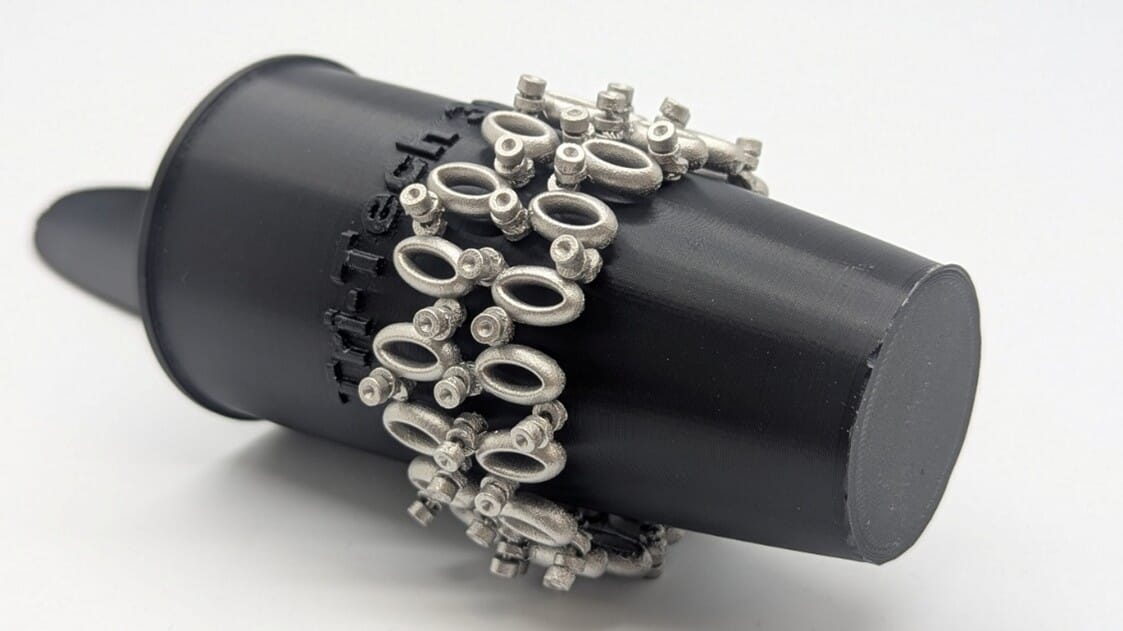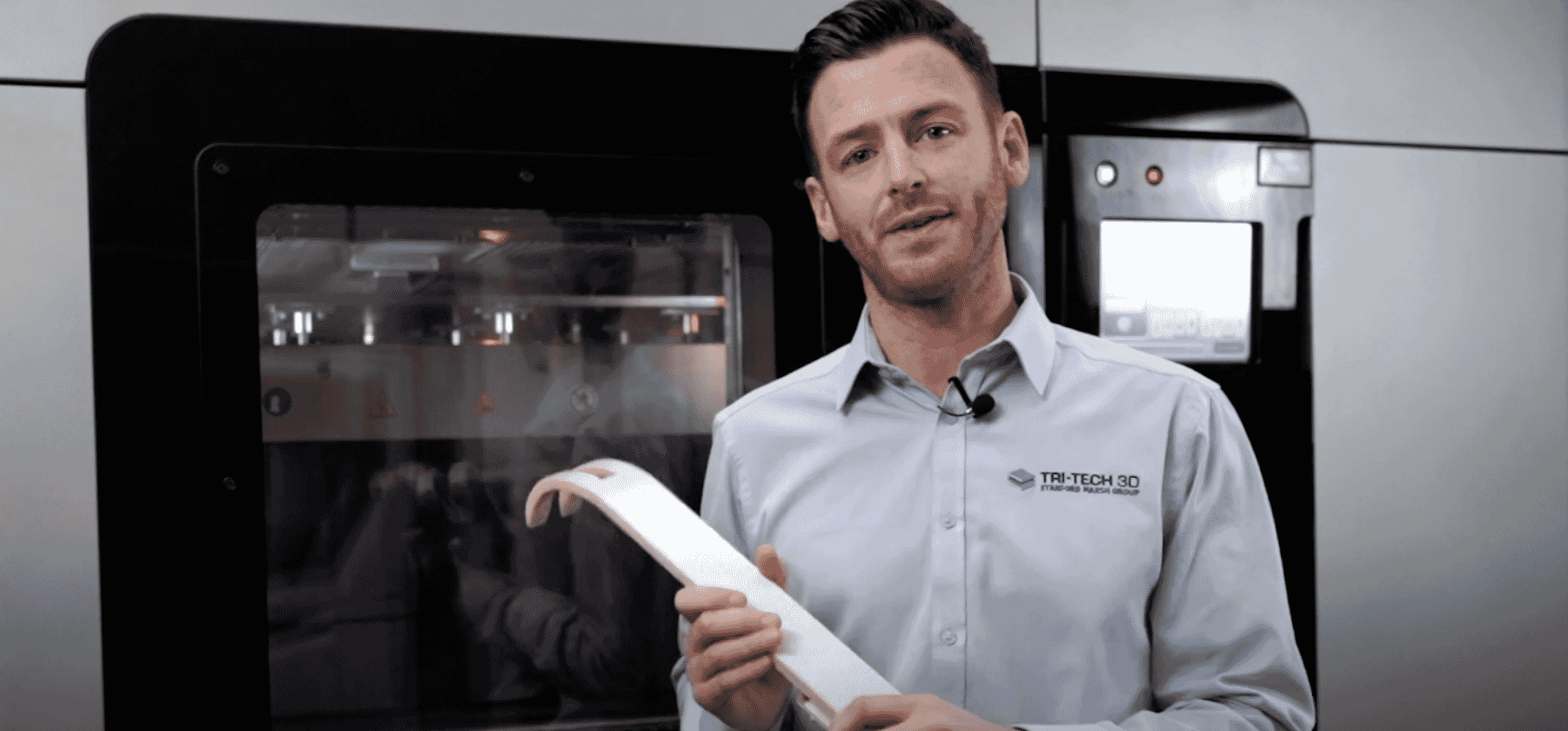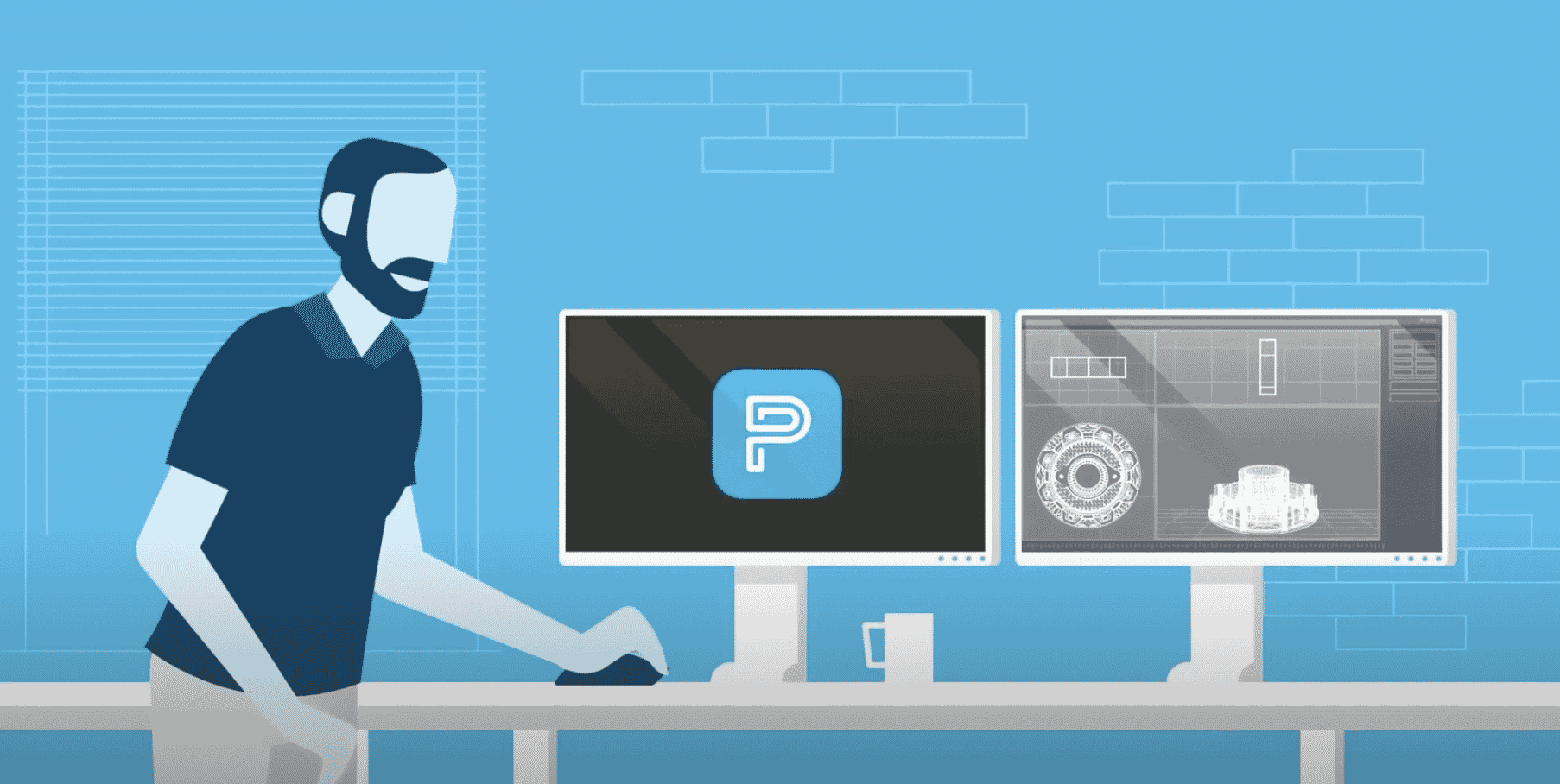Stratasys 3D printers & materials are driving the most exciting innovations in the education sector.
Over half of UK higher education establishments have already adopted in-house 3D print technology, and for good reason. Management and tutors alike report that AM is excellent for boosting student engagement, teaching real-world skills, building confidence, encouraging trial-and-error and turning creative concepts into tangible results faster than any other technology. From a new wave of engineers fine-tuning next-generation components to the up-and-coming medical students sharpening their skills on simulations of human tissue, Stratasys and UltiMaker 3D printers and materials are a central asset to the vital education industry. At Tri-Tech 3D, we’re proud to offer all the technology to support it into the future.
Which 3D printers are often used in education?
With countless higher education courses offered in 2024, each one involving a spectrum of 3D printed assets, Tri-Tech 3D always takes the time to consider the needs of our education clients and guide them to the technology that delivers. We’ve seen excellent results from the UltiMaker 3D printer series, which includes the UltiMaker S7, the UltiMaker Factor 4 and the UltiMaker Method XL that specialises in engineering-grade composite parts with unprecedented three-dimensional strength and accuracy. We’ve also had great feedback on the Stratasys rotating print platform J55 Prime, the multi-material J35 Pro and the F123 series of printers.
Which 3D printing materials are often used in education?
The breadth of AM requirements in modern education means it’s best to investigate a variety of 3D print materials (or ask the Tri-Tech 3D team for expert guidance). There are practically no limits, but some good starting points include tough, prototype-friendly thermoplastics like ABS and ABS Plus.
Which applications is 3D printing used for in the education sector?
Higher education should be a place for blue-sky thinking, and 3D printing promotes that philosophy with technology that lets students follow their instincts and push the boundaries without the costly errors incurred by traditional manufacturing. Across a wide range of courses, some of the most popular education applications for Stratasys 3D printers include research, career and technical education, hands-on learning and general prototyping. As a by-product, graduates will complete their courses familiar with AM processes and confident taking these forward into future employment.
What examples are there of Stratasys and UltiMaker 3D printers used by the education sector?
We all stand to benefit from a successful UK education sector, and the Tri-Tech 3D team is proud to have worked with some of the industry’s leading lights. One recent success story involved Chesterfield College, whose acquisition of no less than six Stratasys 3D printers – a J850 Prime, J55 Prime and four F170 models – will have marked benefits for its cohort of 2,500 students aged 16-18. A dedicated on-campus additive manufacturing facility of this quality is rare for a non-university education provider, and promises to drive better and more inspiring cross-curriculum learning.

















